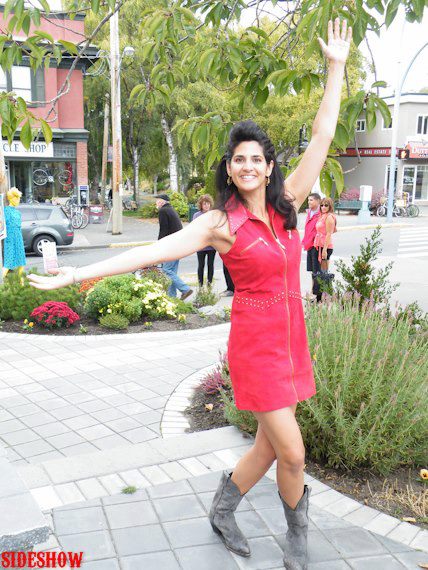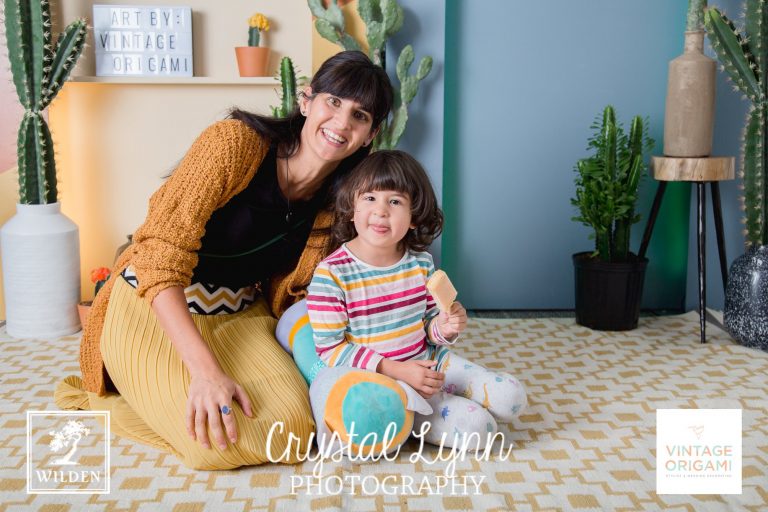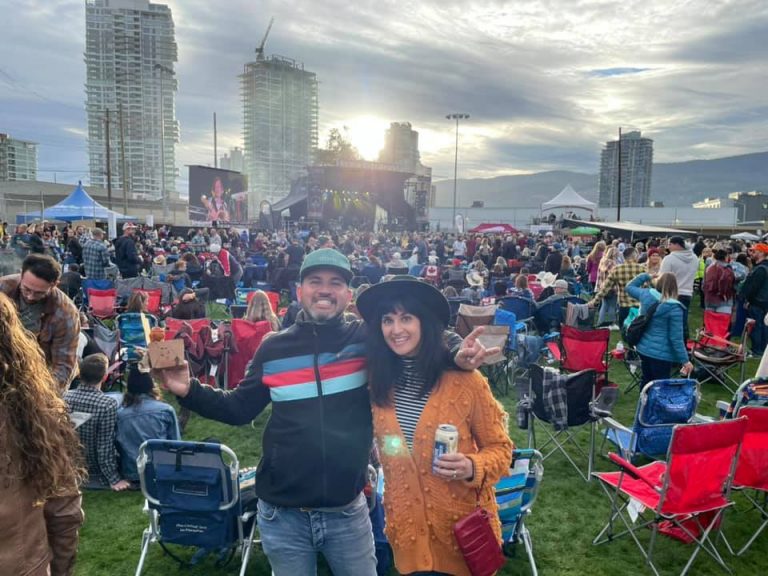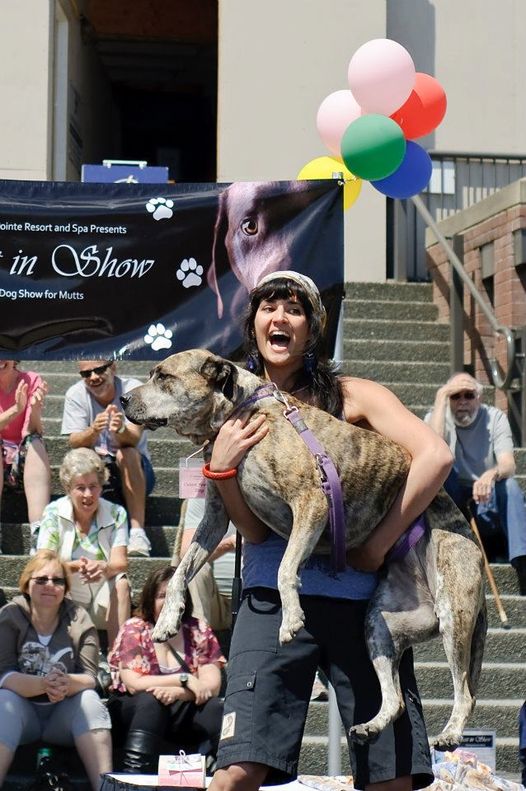The Ultimate Checklist for Planning Your Event:
Putting on an event of any kind is so multi faceted, it can be hard to know where to begin! Here’s an overview of the Ultimate checklist for planning your event. I’ll go over each checklist element in greater detail too!

Applies to all events:
- What is the purpose of my event and what is my goal?
Really ask yourself this question so you can reflect on your desired outcome! Some examples of event purposes are: 1) Make $5,000 at a community craft fair featuring all hand made artisans 2) Thank hard working staff or volunteers with an evening they will remember 3) Organize a luxury wedding for my high profile wedding planning business
By being clear on the purpose and goals of your event, you will lay the foundation to keep your planning on track!
- What do I hope to profit, or what is my budget if the goal is not profit? After organizing so many events, one of the most valuable pieces of advice I give clients is to set the budget and if applicable, profit goal in advance, before anything else! When we aren’t clear about all of our costs in advance, we set ourselves up for great failure and financial loss. It doesn’t have to be this way!
You can view my cheat sheet event budgets here!
- Choosing the perfect venue: Now this won’t apply to all events but if you are responsible for choosing the venue, I urge you to go over these factors. Compare prices, is it cheaper on a weeknight VS weekend? What is the availability of the venue? The capacity, flexibility with catering. Ambiance, parking? I was often temped to rent a large, cheap hockey arena for my vintage shows. However the fluorescent lighting and cold atmosphere wasn’t worth any cost! This may not be the case for your event, but really think about the atmosphere in each venue you explore for your event.
- Choose a date. Sounds simple enough, but really think about the season, day of the week and time and if that will fit your target audience’s general availability. Look at your top venue choices and see what their availability is and if it’s cheaper to rent on certain days of the week (often weeknights are cheaper). Look at the local tourism calendar in your city and see what other events you may be competing with. What events are happening near by? Is this good or bad for your event? For example, when I organized my vintage fair shows, we planned them very close to the local farmers market which was already bringing in a ton of customers. Piggy backing off other events can get your numbers up. But if the purpose of your event is not to attract the general public, then it can also hinder accessibility and parking
- What is my event name? Is there a theme? When you have a trade show or artisan event, don’t be afraid to theme it! For example, when I was a stay at home mom with a 1 and 3 year old, I decided to organize a christmas craft fair. To make it really stand out on a shoe string budget, I named it “The Winter Moon Makers Market”. Added some celestial elements to the branding and marketing materials and had a giant moon balloon as customers walked in! And they did walk in! I made $5000 off my one day event! Little ways to create local buzz can go a long way in exciting and enticing your audience!
- Create invitations (email or social media such as facebook invite). As we discussed above, encorporate your theme into your branding. I often use Canva for a cheap and easy way to create my own marketing materials.
- Invite guests: if this is a public event, invite your guests via facebook, instagram (utilize as many relevant hashtags as you can)
- Collaborate your team! When I organized craft fairs, I would hire a day of event co-ordinator to help me! This individual would greet vendors and make sure everything was running smoothly! Depending on the nature and size of the event, I would get this person to find and co-ordinate volunteers. The volunteers job would be to check on the vendors and to be an extra set of eyes during our event to keep things running smoothly. The more your clients and guests feel welcomed and looked after, the better!
- Marketing plan for my event: If this is a public event, email out press releases to every local newsletter and tourism platform. You never know what sorts of huge FREE exposure this will bring you! For public events, put up posters at local libraries and coffee shops!
- Solidify event suppliers (food, music, photographers, decor etc.)
- Order any printed materials such as signage. I’ll be the first to admit that signage can end up costing a lot more than you may first think. When I’m creating signage, I often use VistaPrint.
- Day of the event checklist (check out my article on this topic here)
- Post event meeting: Meet with your team or venue staff to discuss what worked, what didn’t? What can you do next time to improve the event. Send out post event surveys to attendees or ask for feedback on social media. Be sure to respond to valid constructive feedback, whether positive or negative. This shows your attendees that you are solution focused on creating a great event.
- Share photos after the event. Utilize that social media to share photos, use hashtags and invite people to like, share and follow your social media to further grow your audience.
- Door prize draw: plus enter all emails to thank guests and let them know of any upcoming events. I recommend constant contact or mail chimp to set up an email list. If you do not have the budget for this, you can simply create an @gmail.com account and BCC message your attendees.








